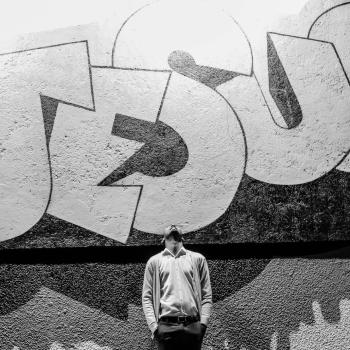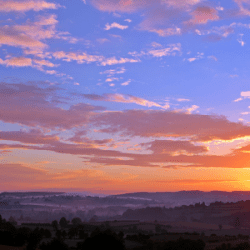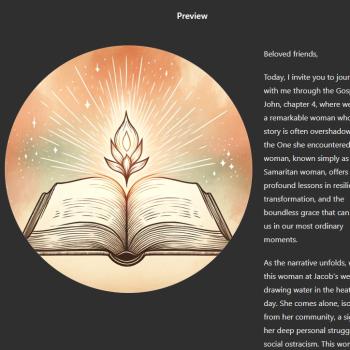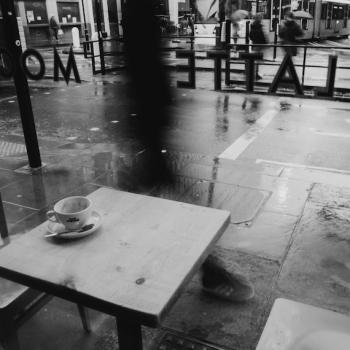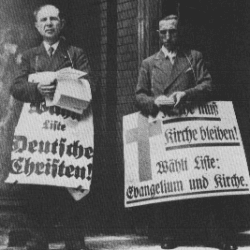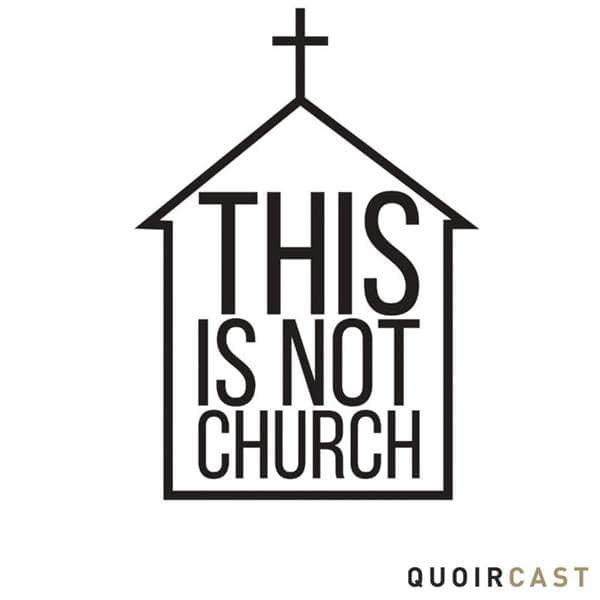
Sukkot is one of three biblical pilgrimage festivals, during which Jews traveled to the temple in Jerusalem. Passover celebrates the Exodus from Egypt, Pentecost recalls the giving of the Torah (or Law) on Mt. Sinai, and Sukkot (or the Feast of Tabernacles) commemorates the forty-years in which the Israelites wandered in the desert—seeking the “promised land.” Collectively, these three holidays are known as Shalosh Regalim or the “Three Pilgrim Festivals.”
The seven days of Sukkot occur in the autumn each year, falling on the 15th day of the Jewish month of Tishrei. During this holiday, Jewish families build a “booth” or sukkah, and spend time therein each of the seven days, thus reminding the celebrants of how their ancient ancestors lived during their 40-year wilderness sojourn, and how God watched over, protected, and provided for them in their difficult desert conditions. This annual time in a “tabernacle” comes in response to the command, found in the book of Leviticus: “Ye shall dwell in booths seven days; all that are Israelites born shall dwell in booths: That your generations” or posterity “may know that I made the children of Israel to dwell in booths, when I brought them out of the land of Egypt: [And] I am the LORD your God.” (Leviticus 23:42-43)
One of the requirements traditionally associated with this holiday is that your tabernacle, booth, or sukkah be a temporary structure; something without permanence.
The fact that a sukkah can be built just about anywhere has been taken as a symbolic message about the reality that God can be found anywhere, and he is present with us, no matter where we are. He is not only accessible in the synagogue, but in the field. He is not only found in times of security, but in times of struggle. Just as the sukkah stands alone, when we seemingly “stand alone” God is actually there, wrapping us in his protective power… regardless of our location or circumstances.
Sukkot is a time to rejoice and appreciate God’s blessings. Thus, Chief Rabbi Johathan Sacks called it “our festival of joy.” Consequently, while Jews are encouraged to spend time in the sukkah each day, if the weather turns inclement, they are encouraged to move indoors, that the joy of the holiday, and the reminder of God’s protective blessings, is not lost or overshadowed.
Some Jews will make their sukkah quite elaborate, including decorating it with hanging fruit (a symbol of God’s bounties), tables, chairs, couches, beds, chandeliers (or other electric lights), a T.V., fridge, etc. While some are minimalists, there are those who make their tabernacle as much a home away from home as one could imagine.
In addition to building a booth and dwelling in it for the week, there are a couple of other popular traditions associated with celebrating this holiday. For example, in Leviticus 23:40, God commanded ancient Israel, “And ye shall take you on the first day” of Sukkot “the boughs of goodly trees, branches of palm trees, and the boughs of thick trees, and willows of the brook; and ye shall rejoice before the LORD your God seven days.” As a consequence of this commandment, on this holiday, Jews will gather together four plants—the closed frond of a date palm, a myrtle and willow branch, and a citron (or etrog). (While the word “lulav” technically refers to the date palm, collectively, these four plants together are called “the lulav.”) One source explains: “These three species are held in one hand while the etrog is held in the other. The user brings his or her hands together and waves the species in all four directions, plus up and down, to attest to God's mastery over all of creation. This ritual also symbolically voices a prayer for adequate rainfall over all the Earth's vegetation in the coming year.” Waving the lulav symbolically reminds us that God will sustain us during the pending dark days of the coming winter and, by default, during all of the dark or difficult times in our own lives.
Another Sukkot tradition practiced by some is to imagine inviting a character from the Hebrew Bible into one’s sukkah so as to see the world through that scriptural figure’s eyes. So, for example, one might imagine Abraham visiting one’s family during the Feast of Tabernacles. The family would recount the story of Abraham smashing the idols of his father, Terah. And then the question would be posed, “What idols in my life would Abraham smash were he here today observing me and how I choose to live?” This invites the participant to introspection and change. Indeed, one Jewish commentator on the holiday noted that—just as we must build a new sukkah each year—this holiday is really about “rebuilding ourselves.” Inviting into your sukkah (and into your life) fellow sojourners from the Bible is a great way to examine with wide opened eyes how one is living, how one might better build one’s character and life, and how one might rely more fully on the God who is the protector, provider, and shelter of us all.
Rabbi Jonathan Sacks wrote: “If I were to summarize the message of Sukkot I'd say it's a tutorial in how to live with insecurity and still celebrate life… Life can be full of risk and yet still be a blessing. Faith doesn't mean living with certainty. Faith is the courage to live with uncertainty, knowing that God is with us on that tough but necessary journey to a world that honors life and treasures peace.”
3/10/2023 5:38:57 PM
